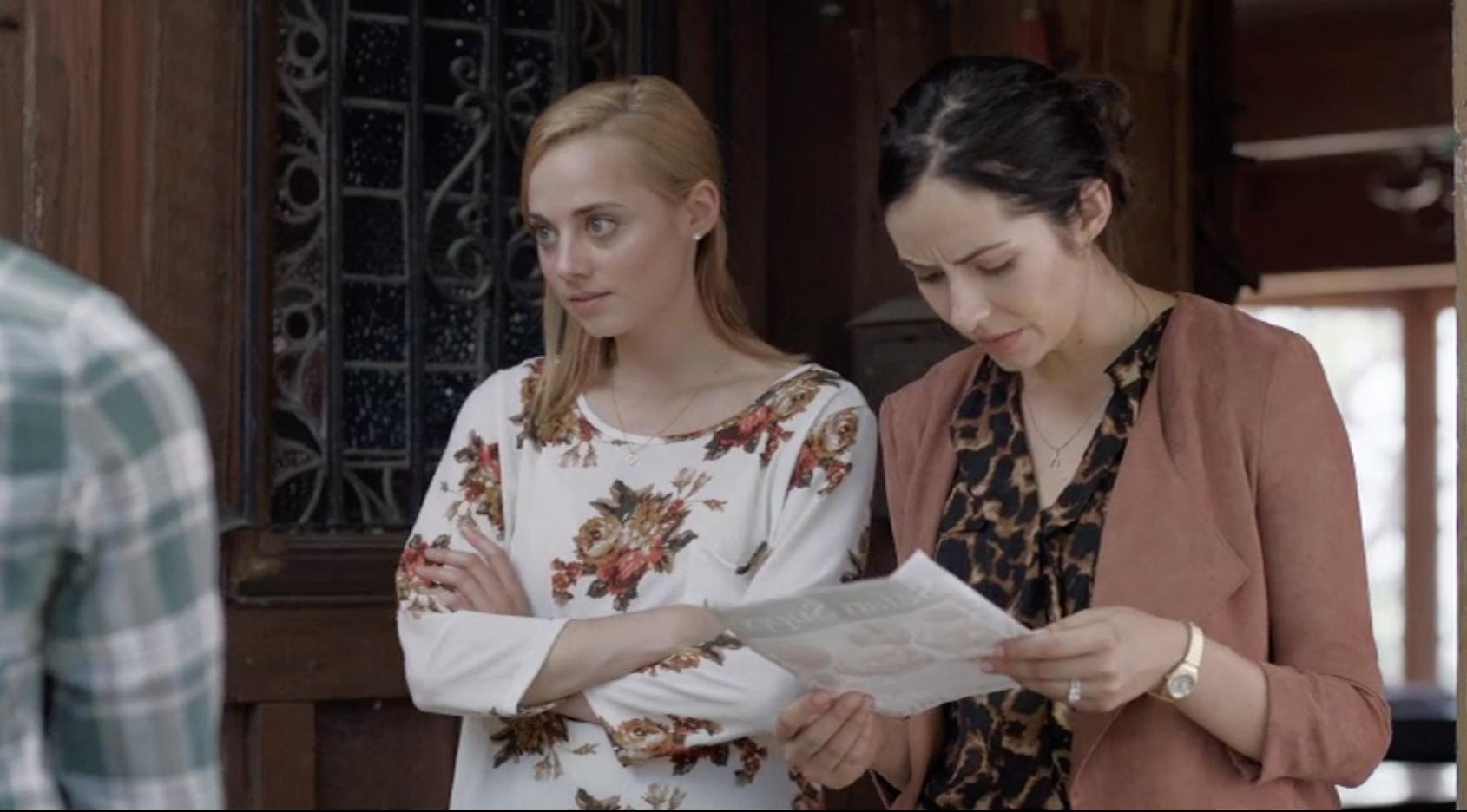Classic slasher films come with an agreement that you will invest in a healthy amount of suspension of disbelief. For example, why can an undead killer walking two miles per hour catch somebody running full speed away from them? Or that there happens to be a well-timed branch or bear trap in the way to hinder their escape. Many of these scenarios have circled the bend but still bring much joy to the horror faithful. Almost all of these stories come from the perspective of survivors or a group of young, horny teenagers going off into the woods for a weekend of fun away from the adults. What if there was a film that happened to be entirely from the vantage point of Freddy Krueger or Jason Voorhees — complete with all the idioms of slow walking to their next kill?
Writer-director Chris Nash’s In A Violent Nature foregoes at least some of the conventional setup you’d expect from a Friday the 13th, even if it takes some inspiration from that franchise. The film is not as concerned with an extensive backstory for its main antagonist, Johnny (Ry Barrett). The audience initially witnesses this gold locket hanging on a pipe in an abandoned shack. Without seeing the group of guys, their voices discuss the folklore behind the area and why it would be a lousy reason to disturb it. As always, there’s always that one person looking to tempt fate and takes it. Johnny is then disturbed from his eternal slumber, crawls out of the ground, and ends up on a quest to retrieve this special talisman. Going back to what I noted earlier, the details about Johnny’s backstory are constrained to the bare necessities. This is mainly because Nash is approaching In A Violent Nature from the standpoint of it being a sequel to this story — rather than an origin story.
The details you get are morsels of conversation overheard by Johnny, watching a group of people. Johnny’s story is reminiscent of that of his hockey mask-wearing sibling. As a mentality-challenged boy, he was poorly treated and bullied by the townspeople and was blamed for something terrible happening. In that consensus, the hatred of the town led to his tragic death and eventual curse. Some moments veer into what you would expect from a convention slash film. Thankfully, Nature lives inside the concept it’s built for itself, which is restrained at points and then ready to hit you with the blunt force of fury. Nash’s film construction seeks to measure its pace but sends things forward like a slingshot once Johnny encounters the unlucky few in orbit of the one with the necklace. With the help of some great practical effects, each of the kills escalates in brutality as they progress. There’s something to be said about how they fall in line with the extremely deliberate progression of the film itself. You rarely get to see Johnny’s face — all the would-be expressions come off in Barrett’s physicality of the role and how the kills are formatted.
They escalate, even giving Johnny a rather malicious tone that is calculated. The golden rule is to leave that which isn’t yours alone, but In A Violent Nature goes out of its way to clarify that. You hear the heavy steps of Johnny’s footsteps, cracking branches and leaves throughout the endless lushness of the woods. With the sound design and the cinematography of Pierce Derks, it’s like the burly, simple-minded villain is a force of nature in his own right. When it feels like the concept overstays its welcome, Nash shifts the perspective to the final girl (played by Andrea Pavlovic). She’s been put through the ringer, and survival isn’t necessarily where the story ends for her. For all she knows, Johnny could appear anywhere to get his revenge. Thus, the ending looks to capitalize on the minimalistic formula In A Violent Nature sets forth.
It’s the symbiotic relationship between predator and prey when you always have a scar from that encounter. You may have escaped but never fully detached from that ordeal. The slasher drama has been remixed, rehashed, re-quelled, and inspired to the high heavens. As long as these films somewhat deviate from the script, they will always have a place. Nash’s approach might sometimes feel tedious as it knows how long these things take to get into gear. Its deviation choice works enough to be distinct, as many of these figures tend to be interchangeable as time passes.
Photo Credit: Shudder













